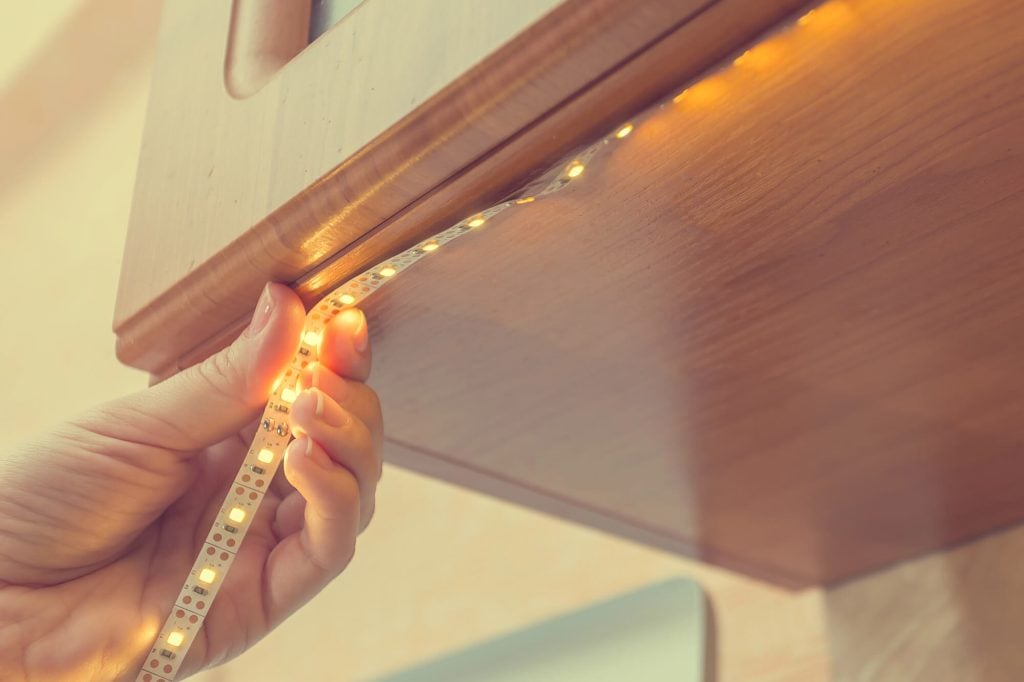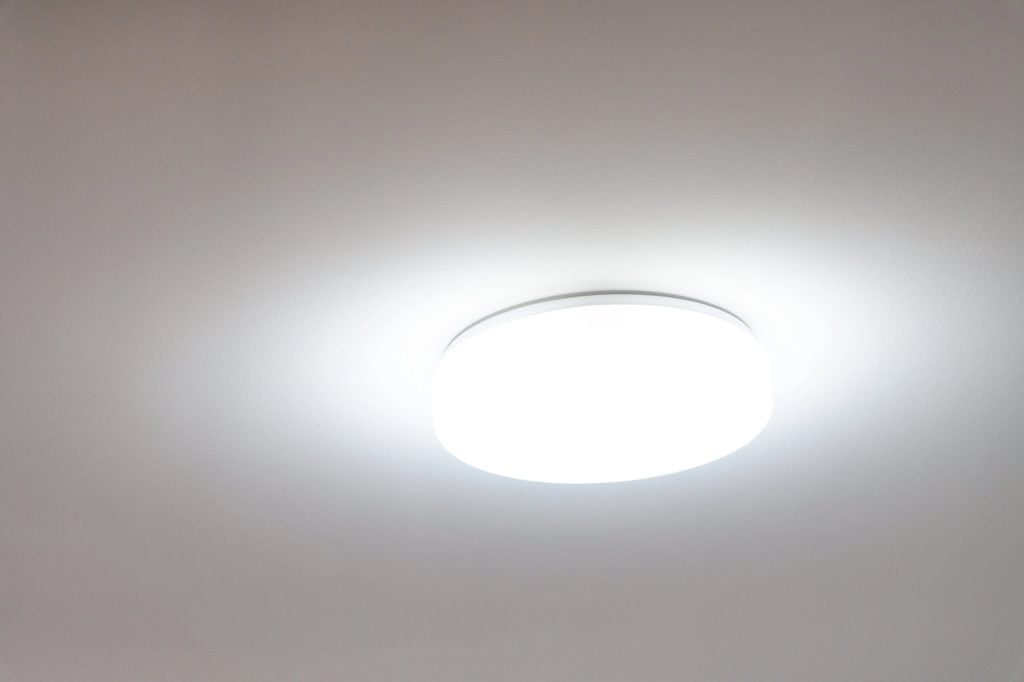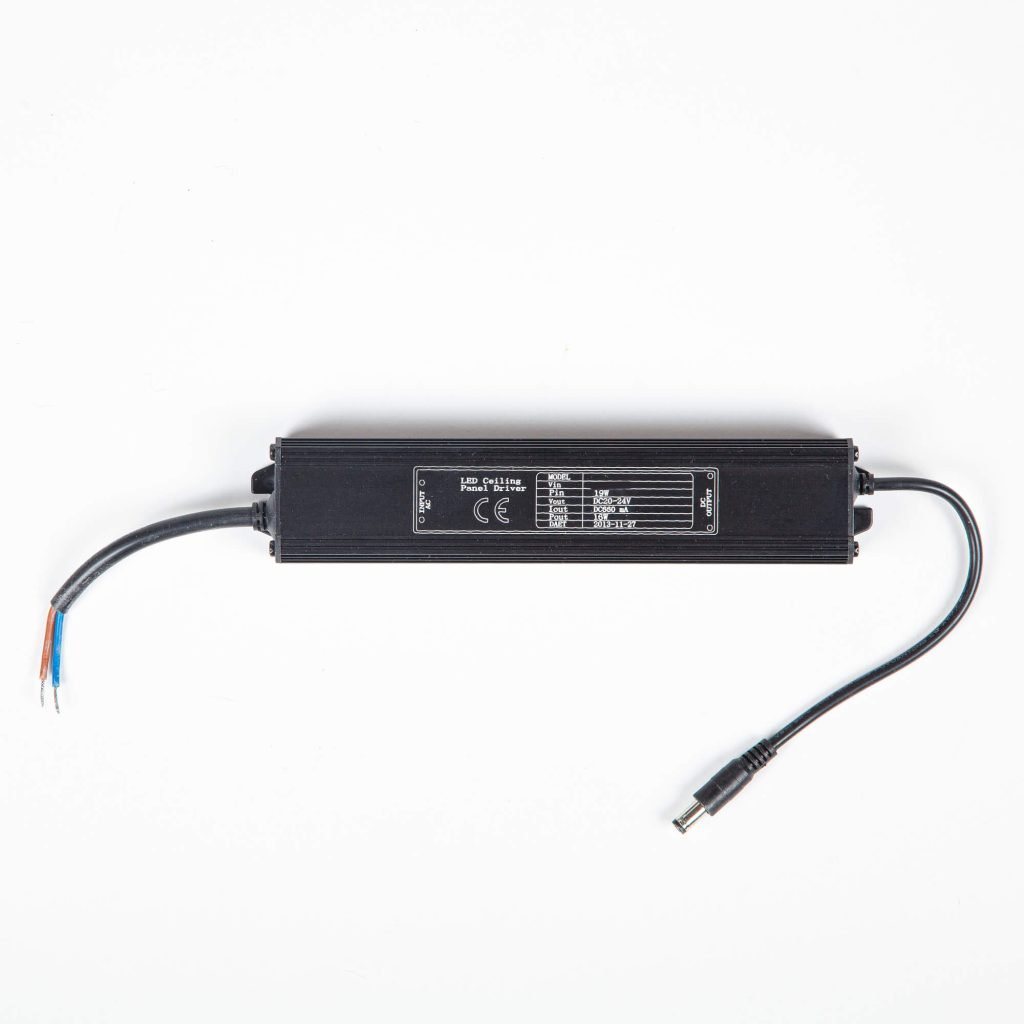Planning An LED Light System

Are you trying to plan an efficient LED system? It can sound easy at first, but you’ve probably already encountered some challenges along the way. Planning an LED system usually requires the following steps:
- Determine your lighting goals
- Choose the right type of LED fixtures
- Plan your light placement
- Check the power requirements
- Select and connect LED drivers
- Consider controllers and dimmers
- Check the wiring requirements
- Test and troubleshoot
Here at LEDSAVE, we’re experts in all things LED-related. If you want to learn more about planning an LED light system, please keep reading!
Determine Your Lighting Goals
Before purchasing any LED lighting system, you should know what your goals are. Part of this is considering your spaces’ size. You should also take into account whether you want warm or cool lighting.

Where you want to install your LED lights also matters. You’ll need different solutions for outdoors and indoors applications. For outdoor lighting, bulkheads are great option.
You should also think about where you want your LED lights to be. Whether it is on the ceiling, cabinets, or shelves. Each purpose and location will require a different type of lighting.
Choose the Right Type of LED Lighting
As mentioned earlier, the purpose, location, and aesthetic that you want will determine which LED light you should pick. LED Strip Lights are ideal for indirect lighting in shelves or under cabinets.
LED Bulkheads, on the other hand, are great for outdoor purposes. Most of them have an IP65 Rating, which protects them from the elements. If you’re looking for something more aesthetically pleasing, panel lights might be the way to go. They integrate seamlessly with your ceilings and spaces.
For industrial purposes, High/Low-Bay alternatives are great. They have high wattages and can cover larger areas. Once you know the type of LED lighting you’ll need, you start thinking about other concepts, like colour temperature.
Plan Your Light Placement
When you’ve decided on the type of LED lighting that you need, the next step is to plan the placement. Consider the location of your furniture and where you want the light to hit. Taking natural lighting into consideration can also go a long way.
Most LED lights are not battery-powered, so considering your wall outlets’ location is also key. After all, you don’t want to run a long cable through your living spaces. The better you plan your lighting layout, the more efficient it will be.
Check the Power Requirements
In general, there are three main aspects to consider regarding power requirements: voltage, wattage/load, and wiring. Most LEDs operate on either 12V or 24V. The former is better for shorter distances, whereas the latter fits larger spaces more efficiently.
If you’re using an LED Driver, the wattage is extremely important. Consider the total wattage of the LED lights you’ll be running through the driver and leave some buffer. About 20% is usually good.
Some LED lights, such as Strip Lights, are plug-and-play. They don’t require additional wiring to be installed. However, other LED lights do need to be wired into your home’s electrical layout. If you’re ever unsure about the process, please contact a professional to help you.
Select and Connect LED Drivers
As mentioned earlier, many LED lights require an LED driver. Matching the wattage and load of your lights with the driver ensures proper functioning. Products like our LiFud Driver – 1000mA are a great choice for most purposes.

Make sure that your driver is installed somewhere accessible for maintenance. If you’re considering an outdoor installation, double-check that the driver you’re purchasing is rated for that.
Consider Controllers and Dimmers
Controllers and dimmers are great to pair with LED lighting. You can control how your lights work by integrating them into your LED system. The most common types of controllers are Bluetooth, Wi-Fi, and IR (infrared). Some even come with an app so you can control your lights from your smartphone.
As for dimmers, they help set an ambience in your spaces. As their name suggests, dimmers allow you to control how bright your LED lights are. While neither dimmers nor controllers are necessary to have LED lighting, they can make it more convenient.
It should be noted that not all LED lights can be controlled remotely or dimmed. If you’re interested in this, make sure you buy a model that offers this feature.
Check the Wiring Requirements
As stated above, some LED lighting systems will require wiring. This means you’ll have to check your home’s electrical features and go from there. If you’re not sure about this, you can always contact a professional for help.

Installing an LED lighting system isn’t too complex, but it does have some considerations. If you’re planning on doing the installation yourself, make sure to kill the power to the installation area of your home from the mains. You might also want to get a voltage tester to ensure everything’s working properly.
If you’re installing an outdoor LED lighting solution, waterproofing is key. Any exposed wires could lead to short circuits if they get wet. Ensure your LED lights are rated for outdoor use, and do the same with the driver.
Test and Troubleshoot
Once you’ve determined the LED light you want, the location where you’ll install it, and double-checked the electrical requirements, testing comes next. Make sure the light is steady and bright, and that there are no strange electrical noises.
If you notice flickering or uneven brightness, double-check every link in the chain. LED lights rarely ever require maintenance. However, you should still look out for any signs of trouble and address them if they arise.
LED Lighting Systems Are a Great Choice
LED lighting systems are extremely versatile and efficient. Not only can they help you save on your electric bills, but also keep your spaces cooler. They also require little to no maintenance and have a higher lifespan than other alternatives.
Overall, installing an LED lighting system is simple, but if at any point you’re confused or unsure, check the product’s instructions or contact a professional.
If you have any questions regarding our products, please do not hesitate to email us at enquiries@ledsave.co.uk, or give us a ring at 01652 638840. We’re open Monday–Friday, 9 a.m.–5 p.m. Please check out our contact page for more information.
Updated: 19-05-2025
